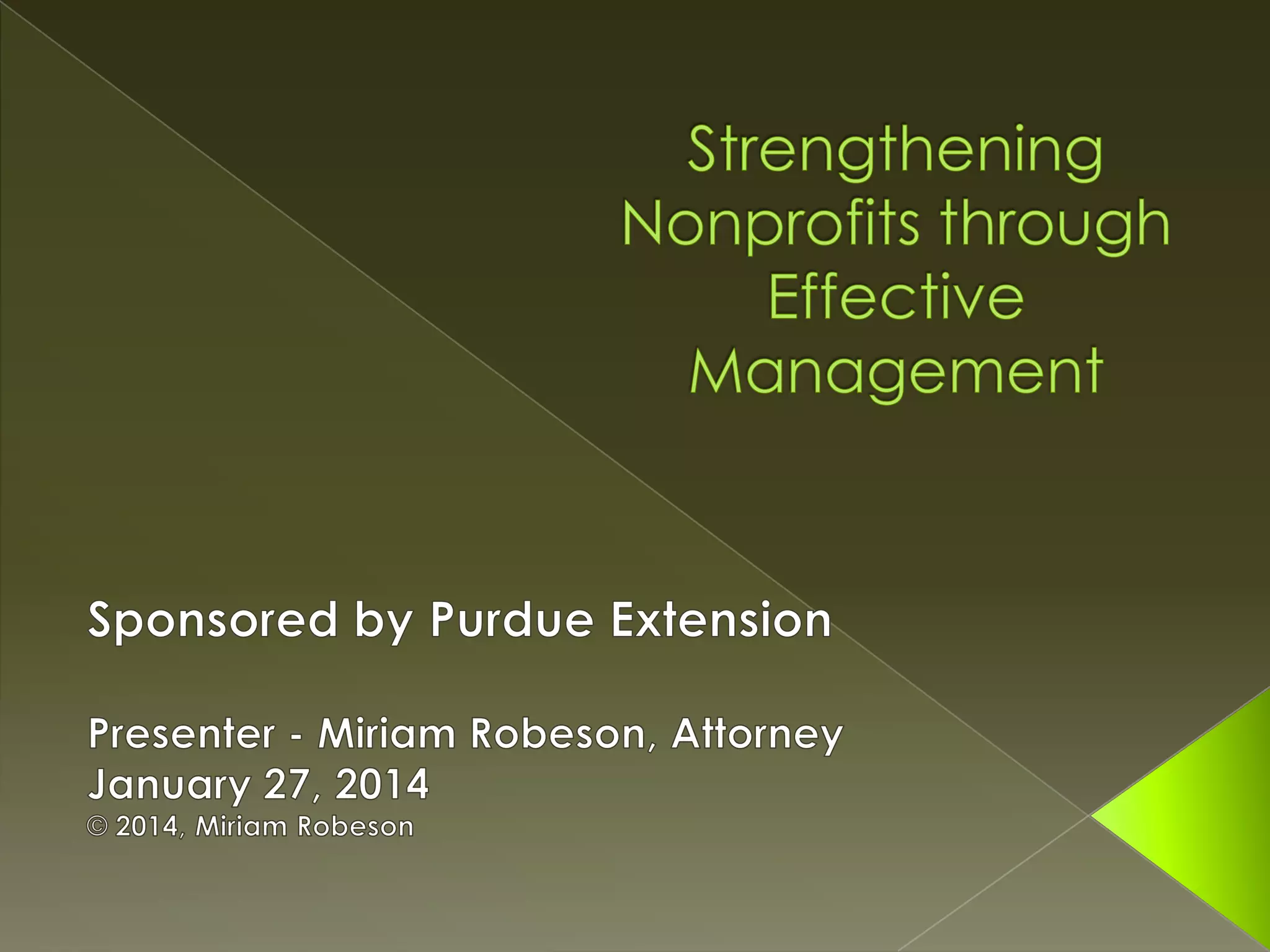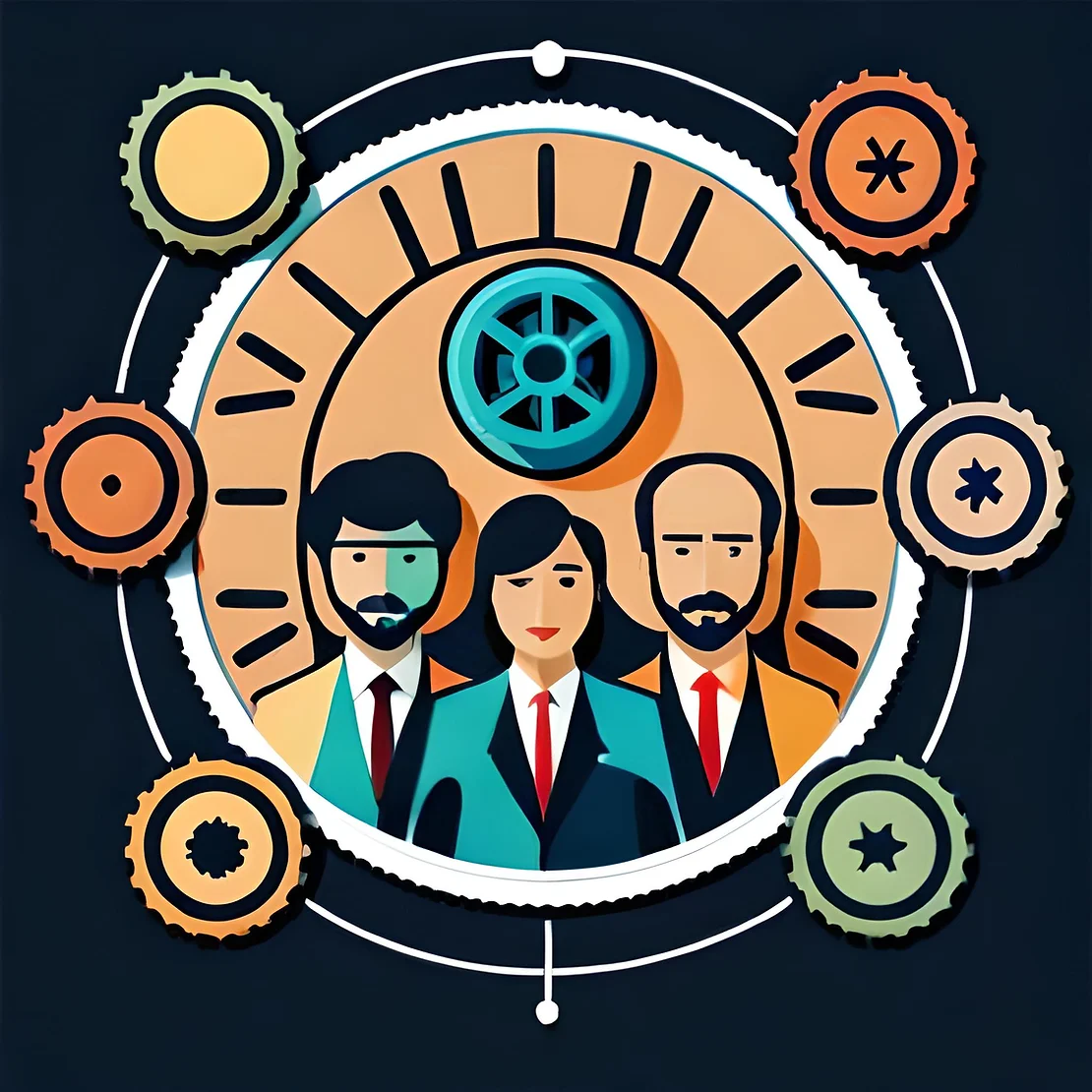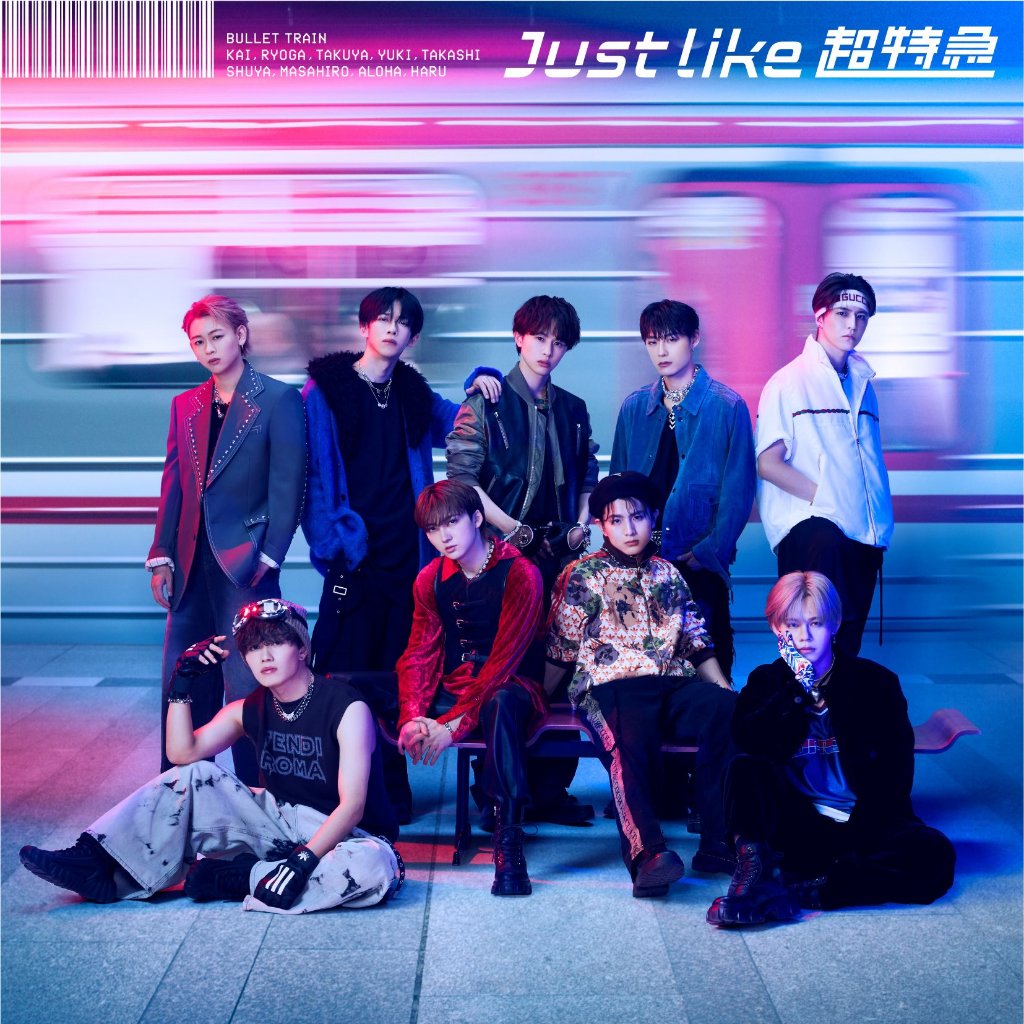OpenAI's Continued Nonprofit Governance: What It Means

Table of Contents
The Significance of OpenAI's Nonprofit Origins
OpenAI's journey began with an ambitious mission: to ensure that artificial general intelligence (AGI) benefits all of humanity. Established in 2015, its initial non-profit status reflected this commitment to prioritizing safety and ethical considerations above profit.
- Initial Focus: The founding members prioritized the safe and ethical development of AI, recognizing the potential risks associated with unchecked advancement.
- Key Figures: Elon Musk, Sam Altman, and other prominent figures in the tech industry played crucial roles in establishing OpenAI, reflecting an initial commitment to the non-profit model’s principles.
- Funding Structure: Initial funding relied heavily on donations and grants, influencing research priorities towards long-term, fundamental AI research rather than immediate commercial applications.
- Open Research and Collaboration: The non-profit structure fostered an environment conducive to open-source AI initiatives and collaboration with researchers globally, emphasizing the public benefit of AI advancements. This approach to open-source AI aimed to promote shared responsibility and avoid the concentration of power within a single entity. The pursuit of public benefit was central to its early operations.
Navigating the Tension Between Non-profit Ideals and Commercial Success
OpenAI's evolution included a transition to a capped-profit model, forming OpenAI LP. This shift, while generating debate, reflects the realities of funding large-scale AI research.
- Rationale for the Shift: The need for substantial investment in advanced AI research, including the training of increasingly powerful models, necessitated a shift towards a model that could attract significant capital.
- Potential Conflicts of Interest: This move raised concerns about potential conflicts of interest between profit maximization and OpenAI's original mission of ensuring beneficial AGI. Balancing the pursuit of profits with ethical considerations became a central challenge.
- Microsoft's Investment: Microsoft's substantial investment played a key role in shaping OpenAI's trajectory, raising further questions regarding the balance between commercial interests and the initial non-profit ideals.
- Continued Non-profit Influence: However, the continued presence of OpenAI Inc., the non-profit entity, maintains a degree of oversight and influence on ethical considerations and long-term strategic direction. The non-profit arm's role in guiding the overall direction ensures that responsible AI development remains a priority. Key aspects of OpenAI's governance structure continue to prioritize AI safety and alignment.
The Impact on AI Development and Ethical Considerations
OpenAI's governance structure profoundly impacts its AI research and development, influencing both its technical approach and its ethical considerations.
- Safety and Security Features: OpenAI places a strong emphasis on incorporating safety and security features into its models, aiming to mitigate potential risks.
- Accessibility and Distribution: The accessibility and distribution of OpenAI's technologies remain an ongoing debate, balancing the need for responsible deployment with the potential benefits of wider access.
- Balancing Innovation and Ethics: The company faces the challenge of balancing rapid innovation with careful consideration of ethical implications, including issues of bias mitigation and transparency.
- Industry Standards: OpenAI's governance plays a significant role in shaping industry standards for responsible AI development, promoting discussions on AI ethics and best practices within the broader AI community. Their efforts contribute to the ongoing conversation about bias mitigation in AI algorithms and the need for transparency in AI systems.
OpenAI's Commitment to Public Benefit
Despite its commercial ventures, OpenAI continues to pursue initiatives that contribute to the public good.
- Community Impact: OpenAI actively seeks to create positive community impact through its research and the development of beneficial AI technologies.
- AI for Good Initiatives: Specific examples include research focusing on climate change, healthcare, and education, demonstrating a commitment to "AI for good" applications.
- Guiding Role of the Non-profit: OpenAI's non-profit arm plays a crucial role in guiding and overseeing these initiatives, ensuring alignment with its original mission of benefiting humanity.
Conclusion
OpenAI's continued incorporation of a non-profit governance structure within its commercial operations presents a complex and dynamic situation. While the shift to a capped-profit model has introduced new challenges and concerns regarding potential conflicts of interest, OpenAI's commitment to responsible AI development and public benefit remains a crucial aspect of its identity. Understanding the nuances of OpenAI's Nonprofit Governance is essential for comprehending the future direction of artificial intelligence and its societal impact. Continued research and open dialogue are crucial to ensuring the ethical and beneficial development of AI. Stay informed about the latest developments in OpenAI's Nonprofit Governance to contribute to a responsible and inclusive AI future.

Featured Posts
-
 Wnba Bueckers 10 Point Debut Dallas Loss To Las Vegas
May 07, 2025
Wnba Bueckers 10 Point Debut Dallas Loss To Las Vegas
May 07, 2025 -
 Najpopularniejsze Teksty Jacka Harlukowicza Z Onetu W 2024 Analiza Zasiegu
May 07, 2025
Najpopularniejsze Teksty Jacka Harlukowicza Z Onetu W 2024 Analiza Zasiegu
May 07, 2025 -
 The Impact Of Julius Randle On The Minnesota Timberwolves
May 07, 2025
The Impact Of Julius Randle On The Minnesota Timberwolves
May 07, 2025 -
 Nonprofit Control Ensured For Open Ai Implications And Analysis
May 07, 2025
Nonprofit Control Ensured For Open Ai Implications And Analysis
May 07, 2025 -
 Ep Why Dont You 12
May 07, 2025
Ep Why Dont You 12
May 07, 2025
